Drone Lingo Simplified: Acronyms Every Pilot Needs To Know
Pilot Institute
MARCH 6, 2025
Drones have their own language, and its filled with abbreviations and acronyms that can be overwhelming for new drone pilots. Common Drone Acronyms and What They Mean Lets start off with the most basic acronyms that even beginner drone pilots should know. The effect is that the pilot feels like they are flying while inside the drone.


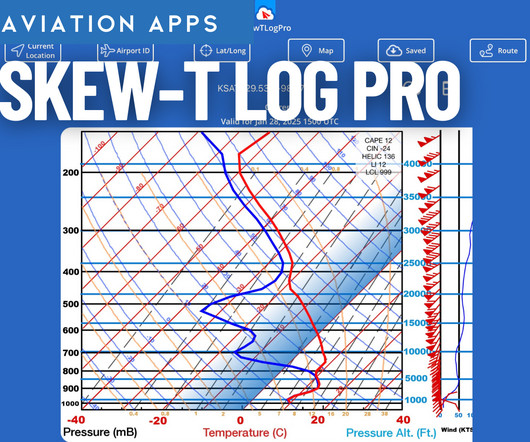


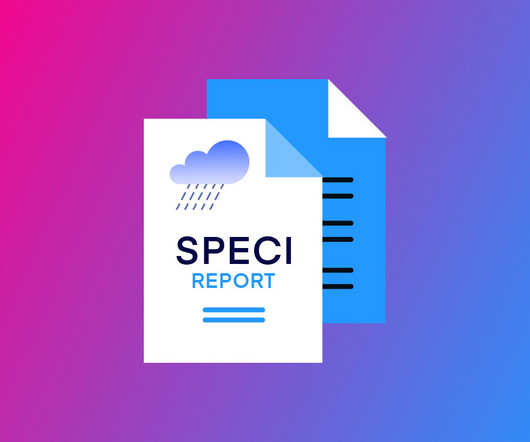


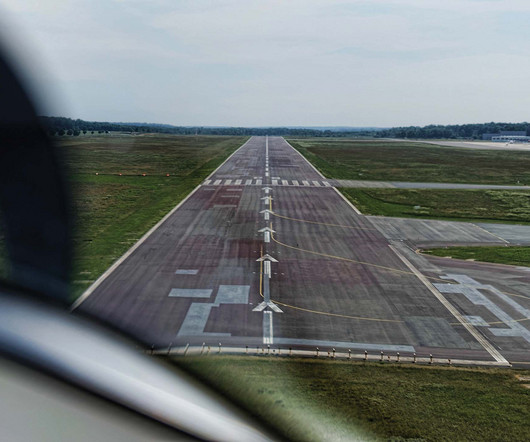
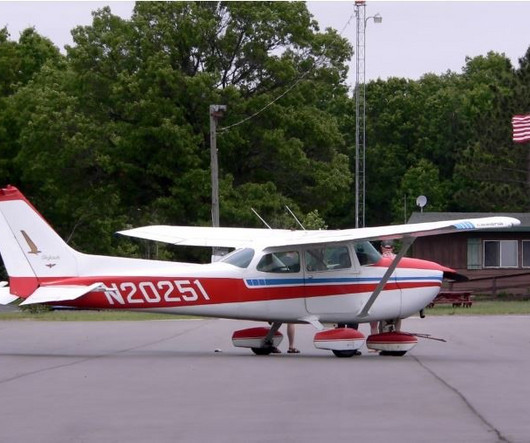

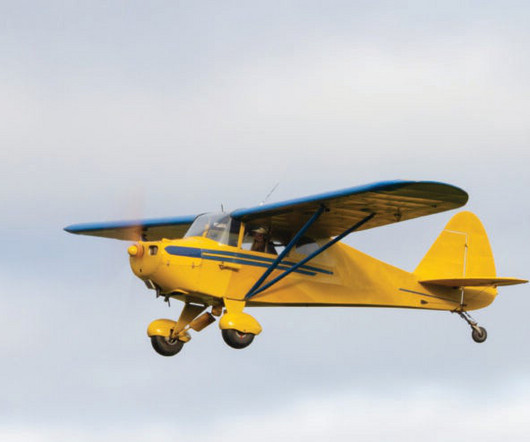






Let's personalize your content